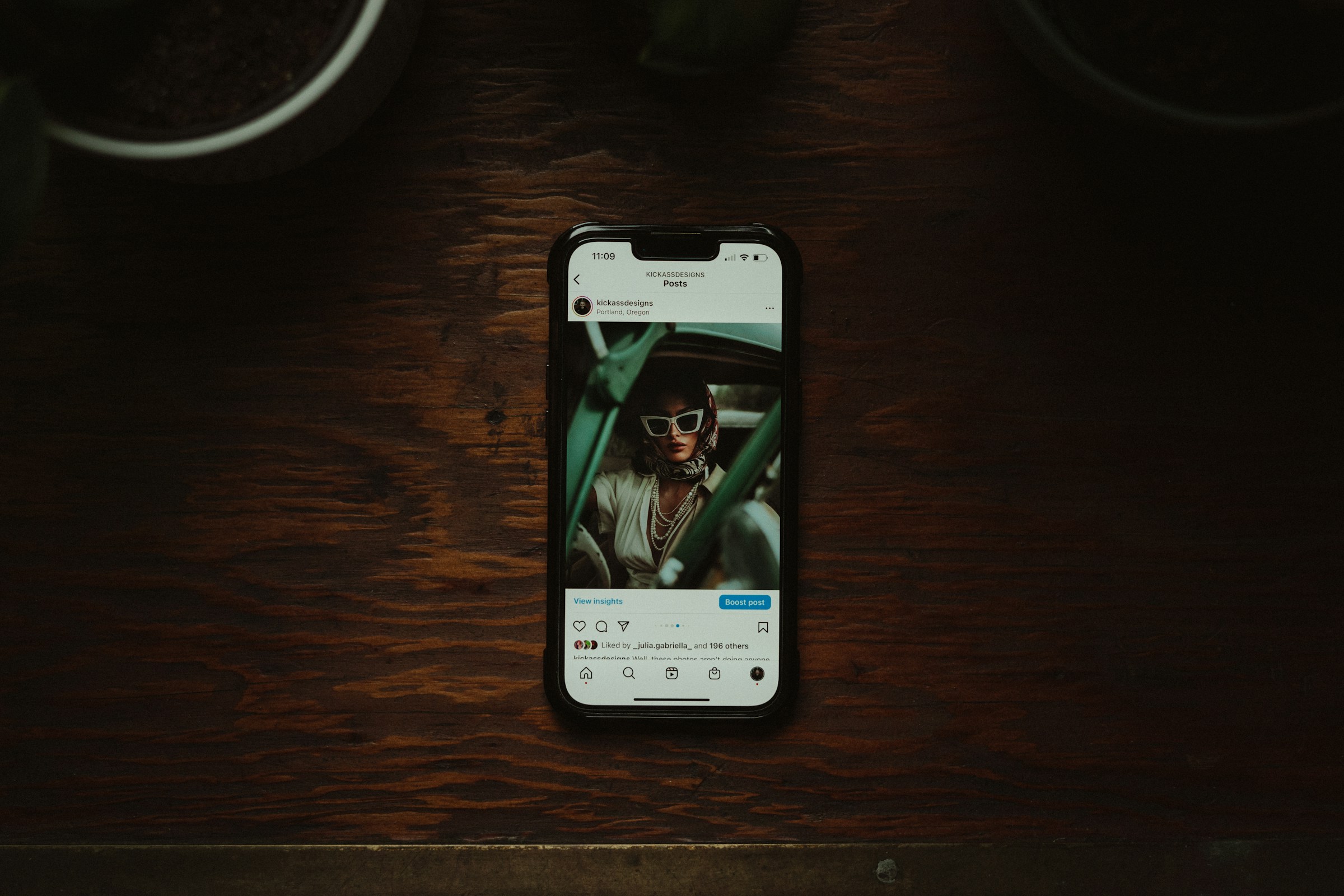
Gen Z is Taking Over LinkedIn: Here’s How to Adapt Your Marketing Strategy
Published: March 25th, 2025
LinkedIn has come a long way from being a strictly professional platform to people who now discuss all facets of what it means to exist in a corporate world, including mental health struggles and dealing with challenging office environments and teams. LinkedIn has turned into a much more dynamic social platform where B2B marketers and sales teams need to shift away from strictly promotional, flat-toned posts to much more relevant content that engages their target audience. Even within the last few months, LinkedIn has implemented a long list of new features that completely changed everyone’s feed. For better or for worse.
Download now: Free LinkedIn marketing guide
Much of this has to do with the influx of Gen Z users, who are currently making up the fastest-growing user group on LinkedIn. When you open the app, you see significantly more discussions that are shaped by industry experts, influencers, and everyone who has a strong personal brand—ranging from a breakdown of their sales strategy to discussing workplace anxieties and sharing recent failures and learning.
With new features, a growing number of Gen Z users, and more influencers shaping discussions on the platform, B2B marketers and sales teams need to approach LinkedIn from a different angle. In this post, we’ll dive into the key trends reshaping LinkedIn and provide actionable tips on how to adapt your strategy to stay relevant and create more engagement.
The insights below can be applied to your personal brand and/or company brand:
LinkedIn' 180-Degree Change of Content Style and Engagement Rate
Gen Z has found LinkedIn, and their user behavior fundamentally reshapes the platform. As we know, GenZ grew up with the internet. They are a tech-first generation.
They grew up on social media, and they value authentic, entertaining, and out-of-the-box content above everything—LinkedIn content included. Unlike their millennial counterparts, Gen Z is more drawn to engaging, interactive posts that combine humor with value. Memes, short-form videos, and personal stories are what really count—yes, even in the B2B space.
👉 Why this matters: Gen Z’s expectations of companies, brands, and commercial teams are different compared to other age groups. They prefer visual, dynamic, and bite-sized content over long-form posts. Think memes, short videos, and behind-the-scenes stories. In fact, according to LinkedIn’s internal data, posts with visuals see 30% more engagement compared to text-only updates.
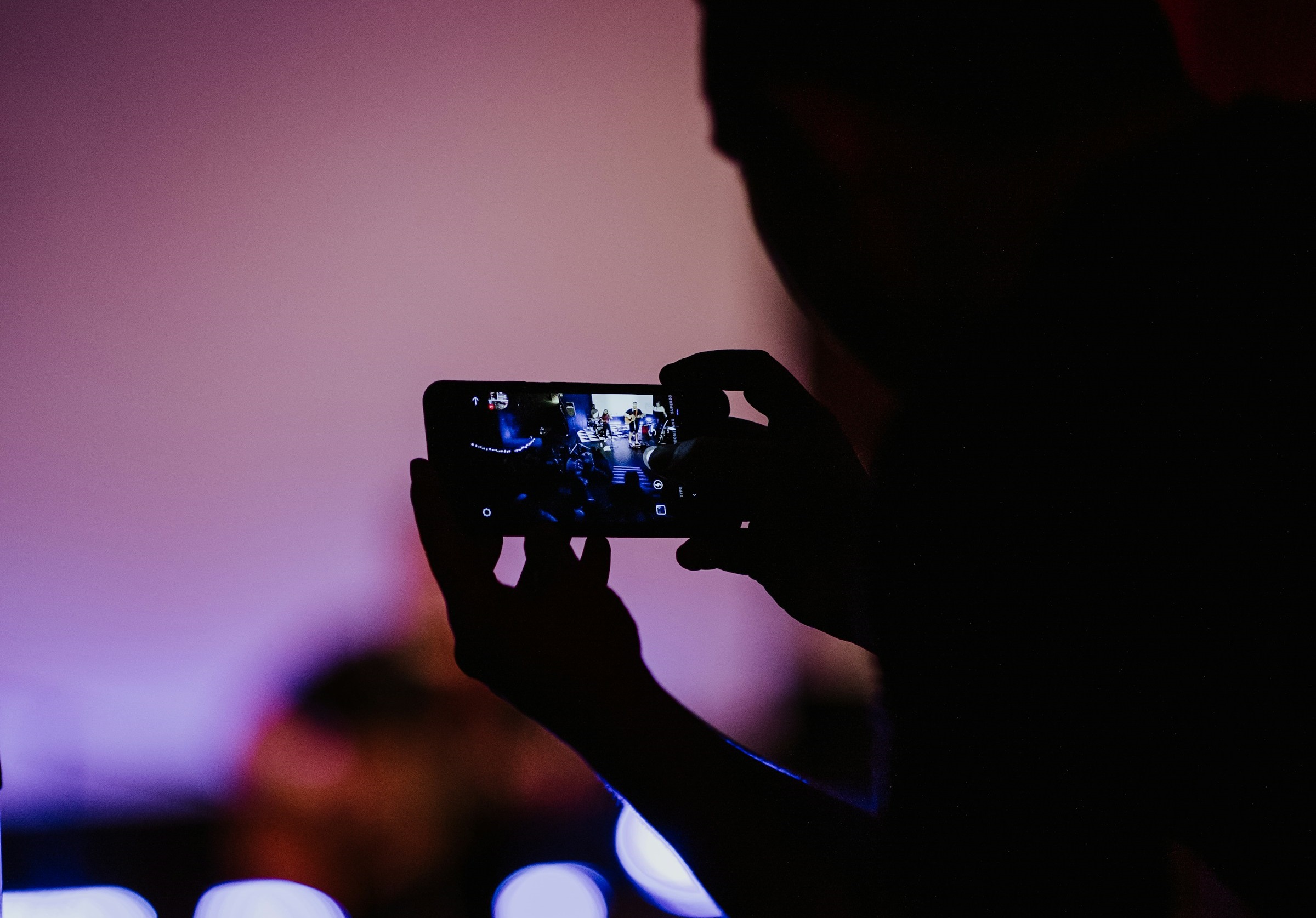
The push for video content is LinkedIn’s way of meeting modern professionals where they are—on their phones, consuming short, entertaining, and relevant content. And that trend spans across different generations, not just GenZ. LinkedIn has reported a significant increase in active daily users and time spent on the platform YoY for about 3 years straight.
Download now: LinkedIn content calendar [Free template]
Many of your buyers, GenZ or not, are now consuming your content while they are watching their kids’ soccer game, in between sets at the gym, or while they are waiting in line at the grocery store. Not just when they are at the office. So, for B2B brands, it’s important to meet your buyers where they are—both digitally and when they’re mentally disengaged from work and more receptive to lighter, engaging content.
How to adapt: To capture and maintain Gen Z’s attention, B2B brands need to put their focus on:
- Attention-grabbing visuals: Think infographics, images, and short-form videos. Go to other social platforms like TikTok or Instagram and do some research on how GenZ is consuming content there. Once you have your insights, find a way to transfer content concepts from other platforms and turn them into LinkedIn posts. For example, if parodies of property viewing go viral on TikTok, see how you can put a funny twist on your product demo.
- Keep it real: Share authentic stories about your brand’s journey, challenges, and successes.
- Use Humor and Relatable Content: Meme and lighthearted posts sometimes resonate more deeply than a formal case study.
Yes, meme marketing is now a thing on LinkedIn. Even for B2B
Even if memes are not your vibe, bear with us for a second—Gen Z is now making up 23% of the LinkedIn user base, and as they are growing into the next generation of managers, founders, and CEOs, using memes as a tool to educate audiences will continue to be relevant.
Memes are quick to make, free, and an easy way to get a lot of engagement and reach. Companies like HubSpot, Duolingo, Sony, or Hootsuite use “meme marketing” to their advantage as well.
And hey, if that’s not convincing enough, have a look at this trend:
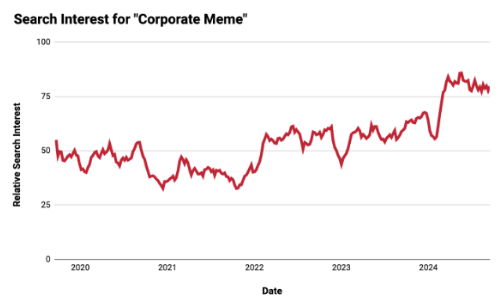
Ok, so what makes a corporate meme good (and funny)?
-
Something that is happening right now—Starbucks announcing it’s pumpkin spice latte season, Instagram being down, or a song (H-O-T T-O G-O) going viral?

-
A problem your target audience is facing—marketing quietly crying when looking at their to-do list, or product teams only getting through the day with a gallon of coffee?

-
A social media trend—we’re sure you’ve seen ‘demure’ jokes, Olympia memes, or the apple dance pop up on your feed. Is it going on TikTok or Instagram? Why not bring it to LinkedIn

Pick something that’s viral right now and add your own funny twist to it. If you can connect it to your product, even better! Write a funny one-liner, or take one of the countless meme templates available for free and bring out your inner Jimmy Fallon.
Of course, memes shouldn’t be the main pillar of your social strategy, but sprinkling a little fun over your feed can lighten up dense content and help promotional posts land more easily with your audience.
LinkedIn’s shift towards video-first content
With the launch of an in-feed video tab, it’s clear that the LinkedIn platform is now pushing for more video-first content. This feature, similar to TikTok’s vertical video format, is designed to surface engaging video content right on the main feed.
👉 Why this matters: Video is no longer just a “nice-to-have” on LinkedIn; it’s a strategic tool that, if used correctly, can immensely increase your reach and engagement. The shift to video-first content reflects broader trends across social media platforms. Videos generate up to 5x more engagement than text or image posts, making them a very effective tool for capturing attention.
How to adapt:
- Create short, value-driven videos: Create short clips that provide quick tips, industry insights, or behind-the-scenes footage. Focus on balancing entertainment and value, like breaking down industry trends into bite-sized insights or hopping on a social trend and adding your own spin to it.
- Experiment with different formats: To find out what lands best with your audience, try out different formats like live videos, explainer clips, and sharing personal stories and anecdotes. Social media is changing rapidly, so make sure to analyze and refine your strategy continuously to keep your content relevant and engaging.
- Don’t stress over perfection: If there is something that GenZ (or even Millennials) don’t like, it’s overly polished content that looks so shiny that it becomes boring. Yes, be sure to stay consistent with your branding and messaging, but also find ways to push the boundaries sometimes and do something that grabs your viewer’s attention.
💡 Pro tip: LinkedIn’s algorithm currently prioritizes native video content, so avoid sharing external links to YouTube or Vimeo whenever possible.
Micro-influencers are driving conversations
As LinkedIn becomes more content-centric, the platform has seen a rise in micro-influencers and people with strong personal brands who are reshaping industry discussions. Unlike traditional influencers, these professionals have smaller but highly engaged followings, making them ideal partners for B2B brands.
👉 Why This Matters: Micro-influencers tend to have niche audiences that trust their insights, making them powerful advocates for your brand.
Partnering with these influencers can be an effective ally to increase your reach, drive higher engagement, and lend credibility to your message.
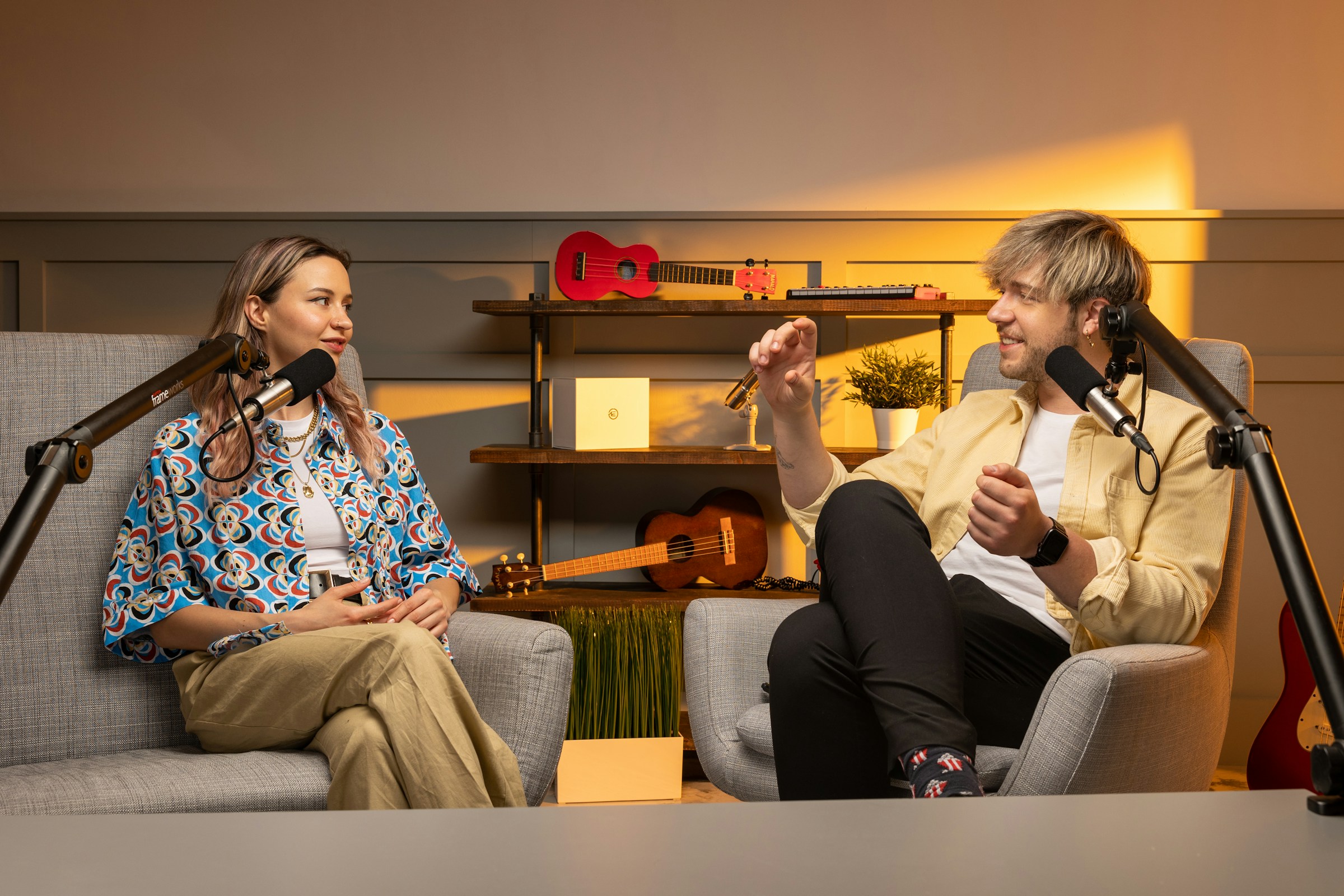
How to adapt:
- Identify industry influencers: Use LinkedIn’s search and Sales Navigator to identify micro-influencers relevant to your niche.
- Engage authentically: Start by engaging with their posts—comment, share, and add value to the conversation.
- Collaborate on content: Invite influencers to co-create content, host webinars, or share insights on your company’s page.
According to a LinkedIn study, posts by employees or individuals see 2x more engagement than posts from company pages, highlighting the growing influence of personal brands on the platform.
Personal branding is now essential for sales teams
With the rise of thought leadership and the growing influence of micro-influencers, personal branding has become a critical strategy for B2B sales teams. LinkedIn users are more likely to engage with content shared by individuals than by brands, making it essential for your team members to build and nurture their own personal brands.
👉 Why This Matters: Sales teams that actively post content, share insights, and engage with their network see higher engagement and better lead generation results. A strong personal brand not only boosts the visibility of your company’s message but also helps sales reps build trust and relationships faster.
How to adapt:
- Optimize Profiles: Make sure your team’s profiles are optimized with relevant keywords, rich media, and a compelling summary.
- Create a Content Strategy for Your Team: Provide content guidelines and suggest topics that align with your brand’s voice.
- Invest in Training: Offer training sessions to help your team members feel confident in building their personal brands.
Your sales team’s LinkedIn profiles should be seen as extensions of your company’s brand, they’re often the first touchpoint for potential clients, so it’s crucial they represent your company’s values and expertise.
Like anywhere else, AI is also shaping LinkedIn’s future
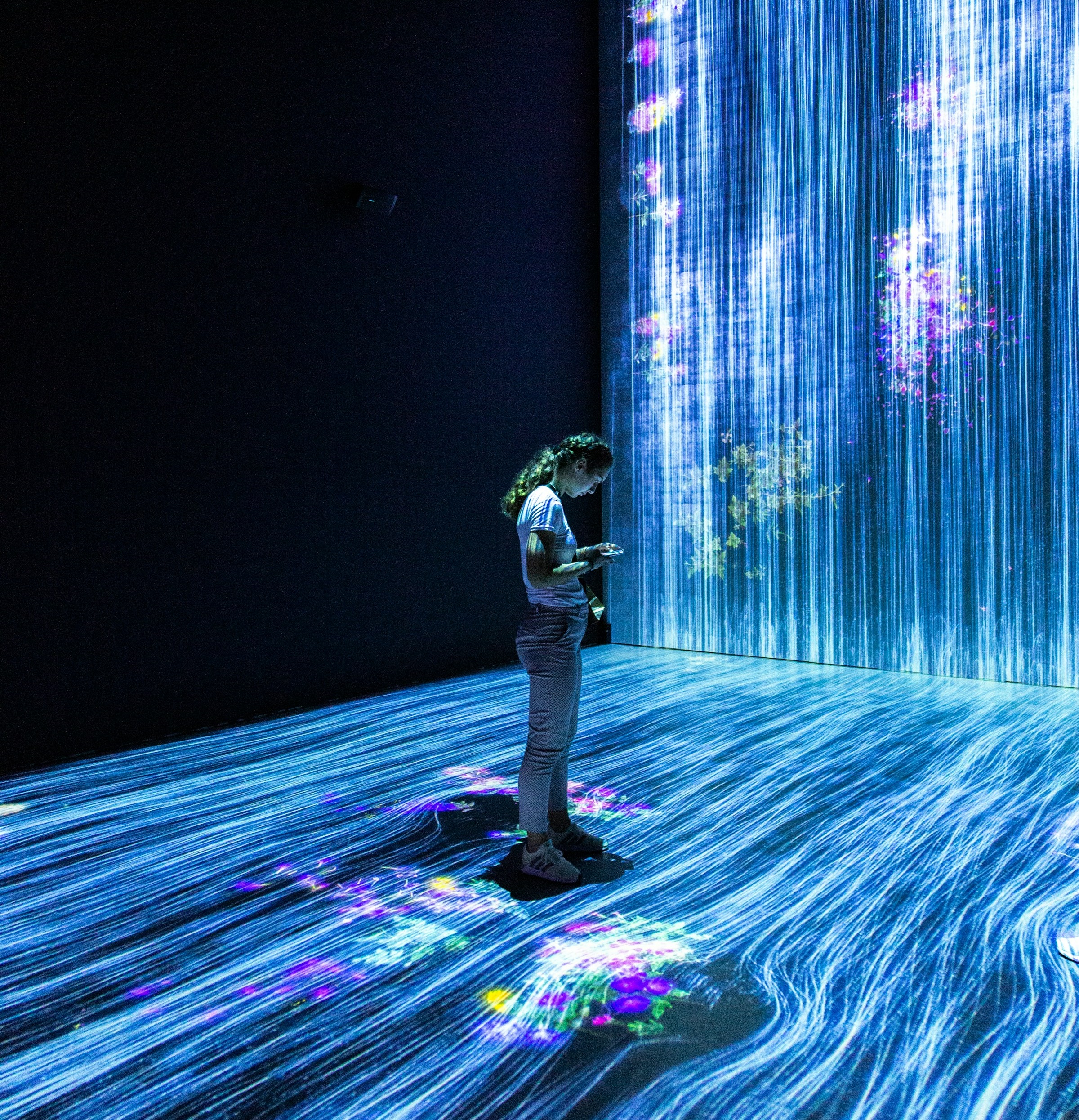
LinkedIn is integrating more AI tools to help users optimize content, generate post ideas, and automate repetitive tasks. While these tools can be incredibly useful, it’s essential to strike the right balance between automation and human oversight.
👉 Why This Matters: AI can streamline your LinkedIn strategy, but it can also lead to inauthentic engagement if overused. The goal should be to use AI to enhance, not replace, human interactions.
How to adapt:
- Use AI for content recommendations: Tools like LinkedIn’s post suggestions can help you identify trending topics.
- Maintain a human touch: Use AI-generated content as a starting point, but always review and personalize before publishing.
To stay relevant, teams need to adapt to LinkedIn’s changes
From Gen Z’s growing influence to the rise of video content and micro-influencers, LinkedIn is undergoing a major transformation. For B2B sales and marketing teams, especially smaller teams, staying on top of these trends is essential for success in 2024.
As LinkedIn continues to evolve, it’s crucial to adopt a more human and relatable approach to connect with today’s audience. Embrace new content formats, empower your team to build their personal brands, and leverage LinkedIn’s latest features to stay ahead of the competition.
Want to stay up to date with what’s happening on LinkedIn? Subscribe to our newsletter and get all the important deets delivered straight to your inbox.
Sign up for our B2B sales newsletter 📬
Ready to improve your LinkedIn sales?
Let us help you optimize your LinkedIn strategy for better results.
